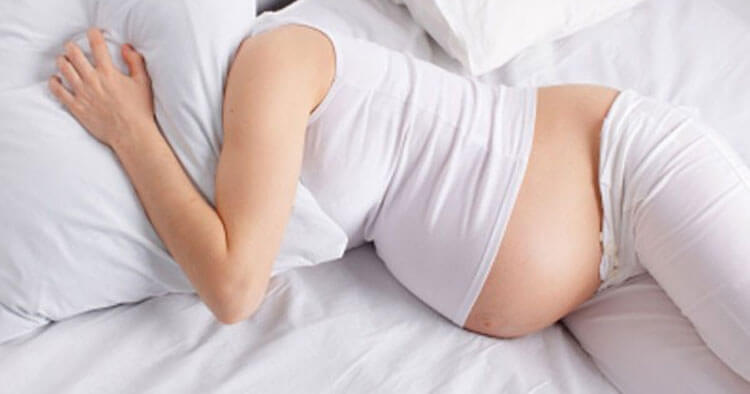Back and Joint Pain
Pregnancy Back Pain
Pregnancy And Back Pain
Back pain during pregnancy is frequently targeted to the sacroiliac joint (often referred to as the SIJ). As well as the SIJ, pain at the pubic symphysis, the front connection where the two halves of the pelvis meet is very common during pregnancy. And not dissimilar to the general population pain in the lumbar spine is also a feature of pregnancy back pain.
With pregnancy there are a number of significant changes that can occur. Changes which may be responsible for the onset of pregnancy back pain in these noted areas.
Pregnancy Changes
Postural Changes: With increasing baby weight and a growing tummy, during the later stages of pregnancy there can be a significant shift to your bodies center of gravity. As a result of this shift, your body will adjust the way you sit, stand, move… These changes can cause back pain in your lower back, as well as upper back, neck and shoulders.
Weight Gain: Weight gain during pregnancy is healthy, but the body and spine obviously have to support this increased load. This extra weight can cause lower back pain. As well as this, weight of the growing baby and uterus can put pressure on blood vessels and nerves in the pelvis and back. This pressure can be another cause of pregnancy back pain.
Hormonal Changes: A hormone called relaxin is produced by your body during pregnancy. This hormone has the function of allowing the ligaments in the pelvic area to become looser. This is all in preparation for the birth process. Basically meaning the pelvis has a bit more “give” in it to allow the baby to pass though. Relaxin isn’t birth canal specific, therefore can also cause ligaments supporting the spine to “loosen.” Loosening of spine and pelvic ligaments may play a role in creating a temporary situation of instability. This instability in the spine may be amplified if weakness of the spinal muscles existed before falling pregnant.
Pregnancy Specific Conditions
Pubic Symphysis Diastasis: Pain in the front of the pelvis at the pubic symphysis from instability/separation of this joint is known as “pubic symphysis diastasis.” As a condition pubic symphysis diastasis is relatively rare, but can occur during pregnancy. When severe, it is significantly disabling, impacting function and potentially also impacting birthing plans.
Diastasis Recti: Diastasis recti refers to separation of your abdominal muscles. Specifically separation of the “rectus abdominis,” which is your six pack muscle (if you are ever lucky enough to have had one of those). During pregnancy because of the substantial pressure placed on the belly, it sometimes means that these front muscles can’t maintain their shape and integrity. Diastasis recti can play a role in potentially causing, or worsening back pain. Doing so because of the role this muscle plays in both supporting and moving the trunk and spine. Separation of the rectus abdominis is very common among pregnant women. It is suggested that about two-thirds of pregnant women will experience it. With many women post partum having a permanent “gap” in their muscle.
Treatment For Pregnancy Back Pain
Generally unless you had chronic back pain prior to falling pregnant, it is most likely that your pain will begin to settle once you give birth. This should offer some comfort, but does little to help the situation whilst you are actually suffering pain. The good news is that just because you are pregnant, doesn’t mean there isn’t anything that can be done to ease pain.
Physiotherapists are skilled in assessing and recognizing what is causing your pregnancy back pain. Physios can offer several treatment approaches;
- from performing simple manual therapy techniques
- to prescription of appropriate home exercises
- stretch or stabilize the spine and associated areas where necessary.
- or advice regarding the prescription of any necessary and relevant supports/bracing options.
Physiotherapist are skilled at assessing and working with patients to adjust their static and dynamic postures. Because of postural changes occurring throughout pregnancy, seeing a physiotherapist to discuss simple options when sitting, sleeping and standing to relieve pressure from your spine can be of benefit. Your physio can help devise a program/approach tailored to your needs and appropriate to the stage of your pregnancy.
Tip: Pillows used between your knees (and pregnancy pillows) can assist in keeping the spine in a neutral position. Typically the advisable resting position when pregnant is side lying. Using a pillow when lying on the floor, or sofa as an alternative to sitting at home can help unload the spine. This posture doesn’t need to be exclusively retained for sleep time.
Disclaimer: Sydney Physio Clinic does not endorse any treatments, procedures, products mentioned. This information is provided as an educational service and is not intended to serve as medical advice. Anyone seeking specific advice or assistance on Pregnancy Back Pain should consult their midwife, obstetrician, general practitioner, physiotherapist or otherwise appropriately skilled practitioner.


